
Update: Fluctuating light takes crop photosynthesis on a rollercoaster ride
Blog, Plant Physiology, Plant Physiology: Updates, Research, Research BlogBy Elias Kaiser, Alejandro Morales, Jeremy Harbinson
The environment of the natural world in which plants live, have evolved, and within which photosynthesis operates, is one characterised by change. The time scales over which change occurs can range from seconds (or less) all the way to the geological…
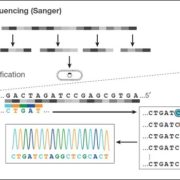
Review: DNA sequencing at 40: past, present and future ($)
Blog, Plant Science Research Weekly, Research, Research BlogShendure et al. provide a superb review of how DNA sequencing technology has changed over the years and how these changes open up new applications. They start with the Maxam and Gilbert chemical cleavage and the Sanger “chain-termination” methods developed in the 1970s, and describe the scale-ups…
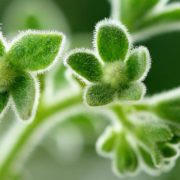
De novo assembly of a new Solanum pennellii accession using nanopore sequencing
Blog, Plant Science Research Weekly, Research, Research BlogChromosomes are long, and DNA sequencing reads have typically been short, meaning that it is necessary to assemble lots and lots of short reads by looking for overlapping sequences. This strategy is made more difficult in repeat-rich and transposon-rich regions of genomes, which characterize many plant…
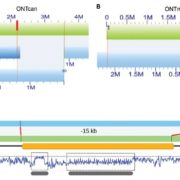
High contiguity Arabidopsis thaliana genome assembly with a single nanopore flow cell
Blog, Plant Science Research Weekly, Research, Research BlogThe current version of the Arabidopsis thaliana Col-0 reference genome, TAIR10, still has some gaps and mis-assemblies due to centromeres and repeat-rich regions. In another demonstration of the promise of single-molecule sequencing, Michael, Jupe et al. used a single nanopore flow cell to sequence the…
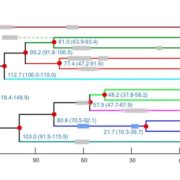
Genome of wild olive and the evolution of oil biosynthesis
Blog, Plant Science Research Weekly, Research, Research BlogOlive oil is a staple of the healthy “Mediterranean diet” and contains high levels of the monounsaturated fat oleic acid. Unver, Wu et al. present the genome of the wild olive tree (Olea europaea var. sylvestris) (draft sequences of domesticated olive trees without extensive functional annotation…

The Cys-Arg/N-end rule pathway is a general sensor of abiotic stress in flowering plants
Blog, Plant Science Research Weekly, Research, Research BlogThe N-end rule pathway is a conserved pathway for the control of protein turnover, through which the clipping or modification of amino acids from the amino-terminus of a protein leads to an interaction with PROTEOLYSIS 6 (PRT6; an N-recognin E3 ligase) and 26S proteasome-mediated proteolysis. Previously,…
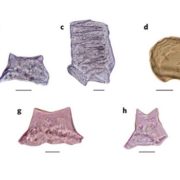
Evidence for mid-Holocene rice domestication in the Americas
Blog, Plant Science Research Weekly, Research, Research BlogRice is one of our most important crops, and previous work has indicated that it was domesticated independently in Asia (Oryza sativa) and Africa (Oryza glaberrima). Using archeological approaches, Hilbert et al. for the first time show evidence for domestication of a rice species (Oryza sp.) in the…
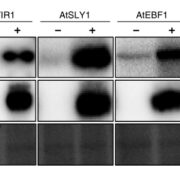
Expression and purification of unstable proteins using an ASK-assisted system
Blog, Plant Science Research Weekly, Research, Research BlogUbiquitin-mediated protein degradation is important in many plant processes (growth, development, responses to stress) but little is known about F-box proteins, a key component of the SCF (SKP1-CUL1-F-box protein) E3 ubiquitin ligase complex, due to their unstable protein structures. Li et al. investigated…
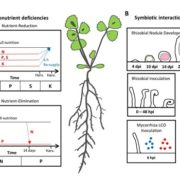
Small peptides, big importance: Small, secreted peptides as novel regulators of symbiosis and nutrient acquisition
Blog, Plant Science Research Weekly, Research, Research BlogIt is becoming increasingly evident that small, secreted peptides (SSPs) are important regulators of plant development and responses to stress. Traditional gene prediction algorithms are biased toward larger coding sequences and have therefore been inadequate in the hunt for plant SSPs. To address this…

